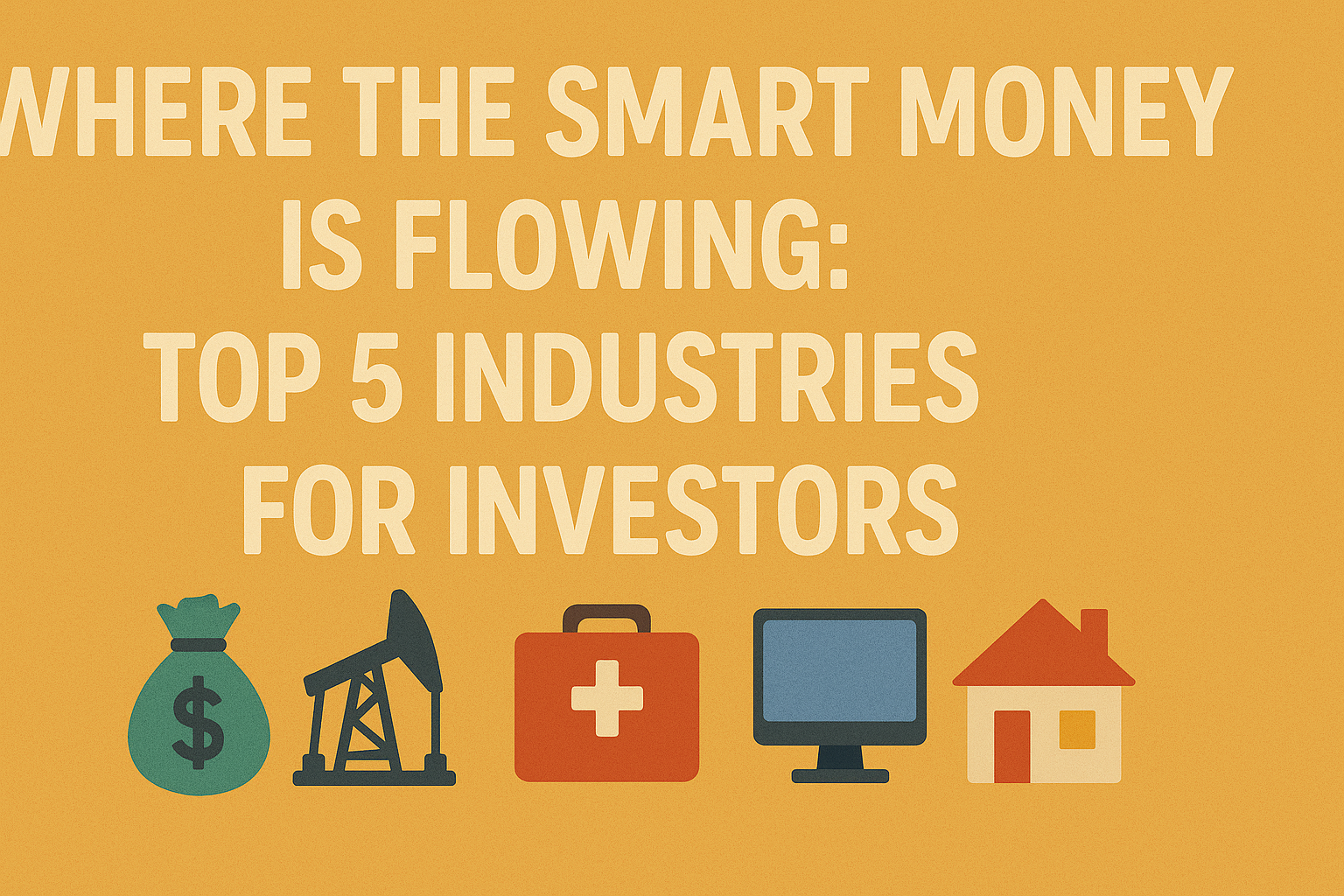Angel investing can deliver 100x returns—but only if you pick the right startups. Most fail, while a tiny fraction become unicorns ($1B+ companies). So how do you find the next Airbnb, Uber, or Stripe before everyone else?
Here’s the step-by-step playbook to identify high-potential startups early.
1. What Makes a Startup a Unicorn?
Before writing checks, know the key traits of billion-dollar startups:
✅ Massive Market ($10B+ industry) – No niche businesses become unicorns.
✅ Scalable Business Model – Software, marketplaces, and platforms scale fastest.
✅ 10X Better Solution – Solves a painful problem in a revolutionary way.
✅ Strong Founder-Market Fit – Founders with deep industry expertise.
✅ Early Traction – Even if small, growth must be exponential (e.g., 20% MoM).
🚨 Red Flags:
-
No clear revenue model
-
Weak competitive moat
-
Founders without skin in the game
2. Where to Find High-Potential Startups Early
The best deals happen before VCs jump in. Here’s where to look:
🔍 AngelList (Top platform for syndicates & early-stage deals)
🔍 Y Combinator Demo Day (Top accelerator’s hottest startups)
🔍 Local Pitch Events (University incubators, tech meetups)
🔍 Twitter/LinkedIn (Founders often share early progress)
🔍 Warm Introductions (The best deals come through networks)
3. How to Evaluate a Startup Like a Pro
Most angels fail by falling in love with ideas instead of data. Ask these 10 critical questions:
💡 Market & Problem
-
“Is the market big enough?” (At least $1B TAM)
-
“Is the problem painful enough?” (Will customers pay to solve it?)
🚀 Product & Traction
-
“Is it 10X better than alternatives?” (Or just slightly improved?)
-
“What’s the MoM growth rate?” (Look for 20%+ in early stages)
👥 Team
-
“Do the founders have domain expertise?” (Or are they outsiders?)
-
“Have they invested their own money?” (Skin in the game matters)
💰 Business Model
-
“How will they make money?” (Freemium? SaaS? Marketplace fees?)
-
“What’s the customer acquisition cost (CAC) vs. lifetime value (LTV)?”
🛡️ Competition & Moat
-
“Who are the competitors, and why is this better?”
-
“What’s the unfair advantage?” (Tech, network effects, patents?)
4. Structuring Your Investment
Most angels lose money by not setting proper terms.
📝 Key Deal Terms
✔ Valuation Cap (Protects you from dilution in future rounds)
✔ Pro Rata Rights (Lets you invest more in future rounds)
✔ Liquidation Preference (Ensures you get paid first in an exit)
💰 How Much to Invest?
-
Rule: Never bet more than 5-10% of your net worth on angel deals.
-
Diversify: Spread across 10-20 startups (expect most to fail).
5. The Biggest Mistakes Angel Investors Make
🚫 Investing Based on Hype (Avoid FOMO—most “hot” startups fail)
🚫 Ignoring Due Diligence (Always verify claims)
🚫 Overpaying for Equity (High valuations kill returns)
🚫 No Follow-On Strategy (Great startups need multiple rounds)
6. Case Studies: How Early Angels Spotted Unicorns
💰 Airbnb (2009)
-
Early Signal: Strong organic growth in a massive market (travel).
-
Missed Red Flag: Many thought “no one will rent their homes.”
💰 Uber (2010)
-
Early Signal: Explosive demand in SF before scaling globally.
-
Missed Red Flag: Regulatory risks were underestimated.
💰 Coinbase (2012)
-
Early Signal: Crypto was tiny, but the team was exceptionally strong.
-
Missed Red Flag: Many thought Bitcoin was a scam.
Key Takeaways: How to Invest Like a Top Angel
1️⃣ Focus on markets >$1B (No unicorns come from small niches).
2️⃣ Bet on founders with deep expertise (Ideas change, people don’t).
3️⃣ Look for 10X better solutions—not just “nice-to-have” products.
4️⃣ Diversify across 10+ startups (Expect 90% to fail).
5️⃣ Negotiate smart terms (Valuation caps, pro rata rights).



Leave a Reply